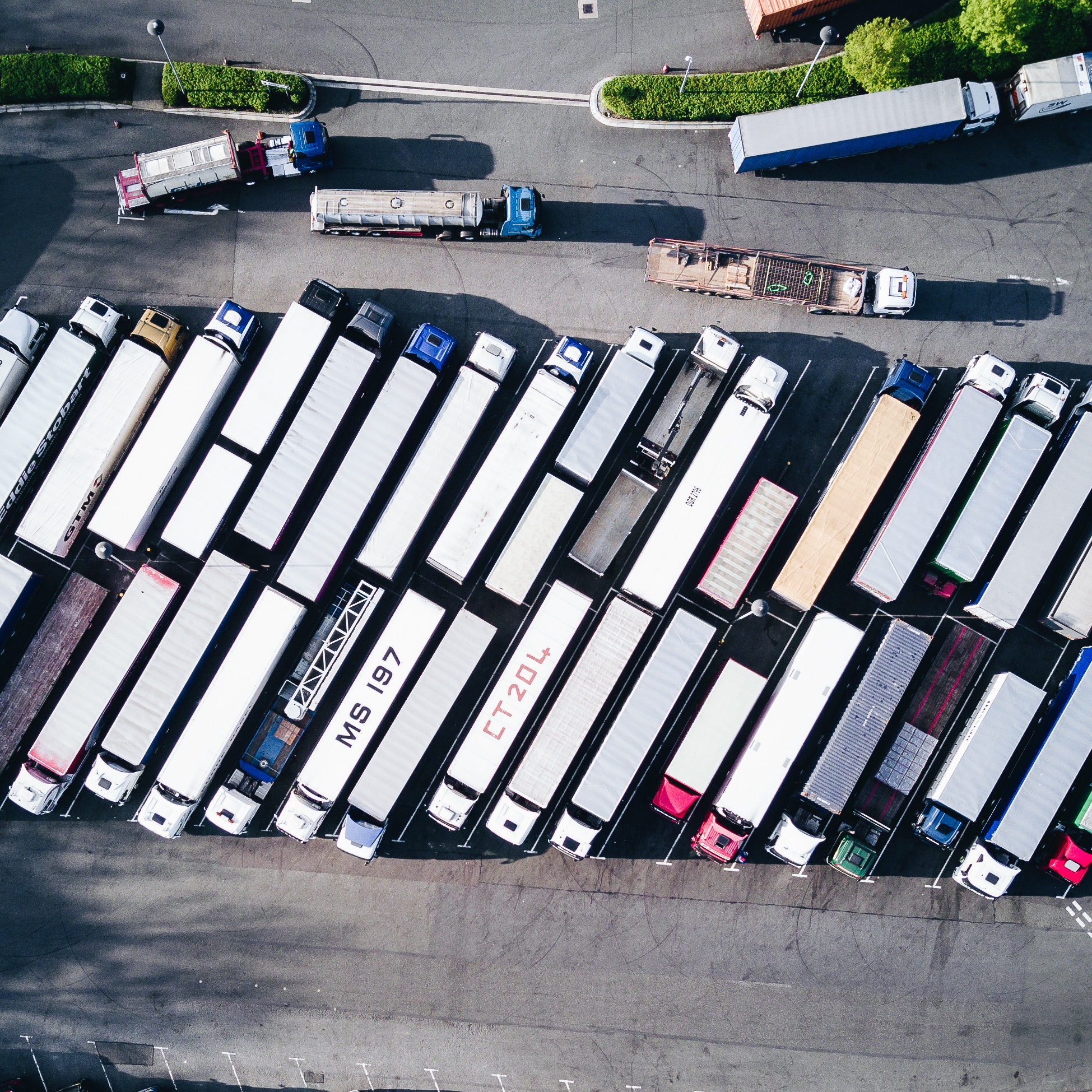In the Supply Chain, there just aren’t that many examples where a Supply Chain innovation dramatically overnight delivery (both a product and process innovation) when fast delivery was limited to expensive dedicated couriers.
Dell changed computer manufacturing from make-to-stock and sell-through-retail to make-to-order a ship direct. In the fashion apparel world, most supply chains were outsourced using many suppliers with high labour and on tech, often far from the marketplace with very long cycles times.
Zara flipped that model creating a nearly vertically-integrated Supply Chain using capital-intensive factories that require less labour, are closer to their core market and offer more flexibility, short cycle times and low cost.
Each of these companies changed the Supply Chain for making their product be brought into scale and enjoyed a step change in performance that motivated many competitors to try and copy.
 Some of the product innovation concepts apply to the Supply Chain world. Rather than introducing a new product, SC innovation introduces a new process for procuring, making and distributing a product.
Some of the product innovation concepts apply to the Supply Chain world. Rather than introducing a new product, SC innovation introduces a new process for procuring, making and distributing a product.
There's not a consistent definition of innovation. Jim Rice, deputy director of MIT’s for Transportation and Logistics, defines innovation as the “combination and application of a mix of inventions, existing processes and technologies in a new way that achieves a desirable change in cost, quality, cash and service.” You can use methods that already exist and skilfully combine them to improve your Supply Chain.
What is essential is that innovation is an ongoing effort. Companies that have structured improvement initiatives have made real progress. They remain focused on continuous improvement and often support them with dedicated personnel.
Companies may need people with different skills for sustaining Innovation; you need people who can refine the process, finding improvements on an in-progress basis, and who comes up with different reasoning, who can thoroughly analyse the Supply Chain process, seeing the possible significant changes. They tend not to get a hold on what won't work but instead can see what could work. Both are needed, but the second is required for disruptive innovation.
Final thoughts: Innovation can’t just come from someone at the top of your organisation; the firm has to be willing to test, trial, experiment and even fail to find better improvement opportunities. Innovation is a process that can deliver excellent outcomes with persistence processes.
Dave Food
